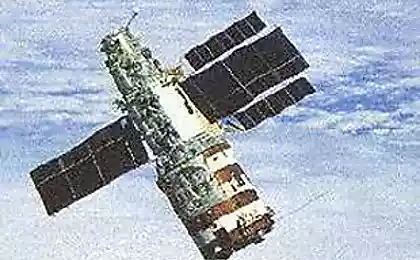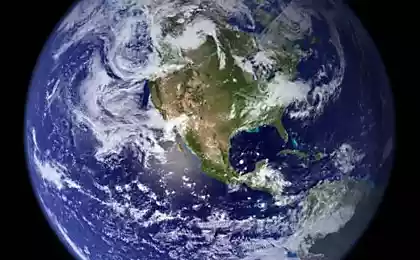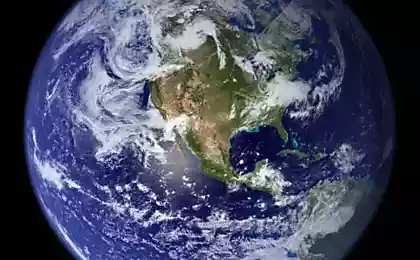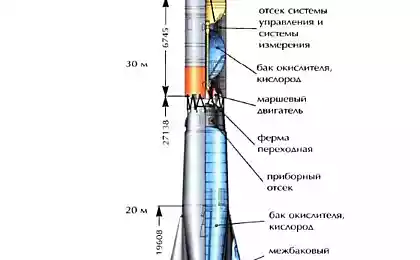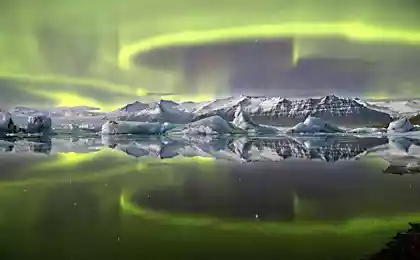1809
Space Nature Other Interesting Facts About Earth
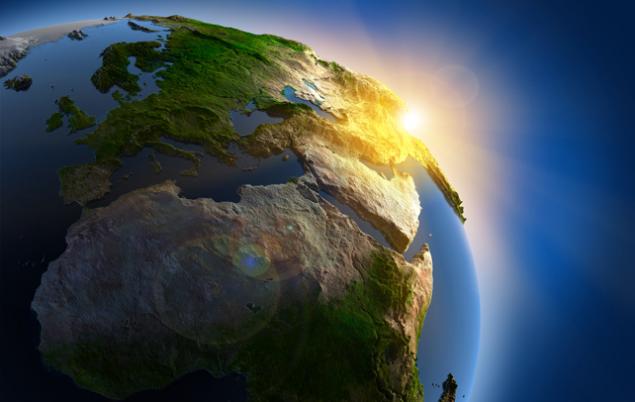
Life in the solar system as we know it exists only on Earth. It is a known fact. Maybe she was born on other planets, but, according to scientists, it is most likely microorganisms, microbes or bacteria, but not such complex forms of life on our planet.
If you think about it, according to this theory turns out that the Earth was chosen for some special purpose. After all, since ancient dinosaurs walked the planet millions of years ago and modern man, evolution has taken a big leap. From ancient 7 continents and 70% of the planet's surface occupied by the ocean, to the modern 196 countries.
All of these changes have helped to develop life on the planet. This fact makes the earth and unlike the other planets.
The average distance from the Sun: 149597891 km
The average radius of 6, 371.00 km
The average circumference: 40, 030.2 km
Volume: 1,083,206,916,846 km3
Weight: 5, 972 x 10 24 kg
Density: 5, 513 g / cm3
Area: 510 064 472 km 2
The length of daylight: 0.99726968
The length of the year (the orbital period): 1 0,000,174 Earth years
Number of satellites: one
The average speed in orbit: 107,218 km / h
Inclination: 0 degrees
00005 The circumference of the orbit: 939887974 km
Average temperature: -87, 8 ˚ C (min) - 57, 8 ˚ C (max.)
All the planets except Earth are named after Roman or Greek gods and goddesses, only recently discovered planets and stars have an international name and the words Earth and the Sun, each nation has its name.
In addition, the earth also known as Terra or Sol 3.
Earth is the densest of all eight planets, its density - 5, 515 g / cm3.
Earth is the largest of the four terrestrial planets in size and mass. Three other terrestrial planets: Mercury, Venus and Mars. Of these four planets, Earth also has the highest gravity and the strongest magnetic fields.
Earth has oblate spheroid, and has a bulge around the equator. This is due to its rotation.
Due to the bulge around the equator of the earth at the equator diameter 43 km more than that of the poles.
As a result, the equatorial bulge surfaces in places most remote from the center of the earth are the peaks of Mount Chimborazo in Ecuador and Huascarán in Peru.
Nearly 70 percent of the Earth's surface is covered by oceans, with an average depth of 4 km.
Land consists of several layers: the magnetosphere, the atmosphere, lithosphere and hydrosphere.
The atmosphere of the Earth consists of 78 percent nitrogen, 21 percent oxygen, and 1 percent of other gases. It provides protection against harmful radiation from the sun and meteorites.
Orbiting satellites found that the outer layer of the atmosphere in the daytime expands due to heating and decreases overnight due to lower temperatures.
Earth's lithosphere is divided into several large plates, including the crust and upper mantle, it is continuously in motion. As a result of the collision and separation of these plates, earthquakes.
Pacific Ocean is the largest ocean in the world, from the Arctic in the north to Antarctica in the south. It covers an area of approximately 169.1 million km2, which is more than the total land area.
Earth's continents - a large part of the land, separated by huge masses of water. It is believed that millions of years ago these continents were connected to each other to form one large continent of Pangaea. However, constantly moving crust led to their separation.
Earth's magnetic field resulting from the rapid rotation of the planet and molten nickel-iron core is defined boundaries in space.
In 2006 was discovered the ozone hole over the Antarctic, which is the largest of the previously detected holes.
In 2009 was released the most accurate topographic map of the Earth.
The highest point on Earth, Mount Everest (8,848 meters) is located in the Himalayas.
Marjan Depression (10,911 m. Below sea level) is located in the Pacific Ocean and is the deepest point on Earth.
The Moon is the only natural satellite of the Earth. This is the fifth largest natural satellite in the solar system, its distance from the Earth has 384,400 miles.
Moon's rotation around its axis is synchronized with the rotation of the Earth. That's why we constantly see the same side of the moon.
The weather on Earth is determined by the distribution of water vapor in the atmosphere.
Equatorial tilt of the Earth to orbit in the 23, 44 degrees is the reason for the change of 4 seasons: summer, winter, spring and autumn.

